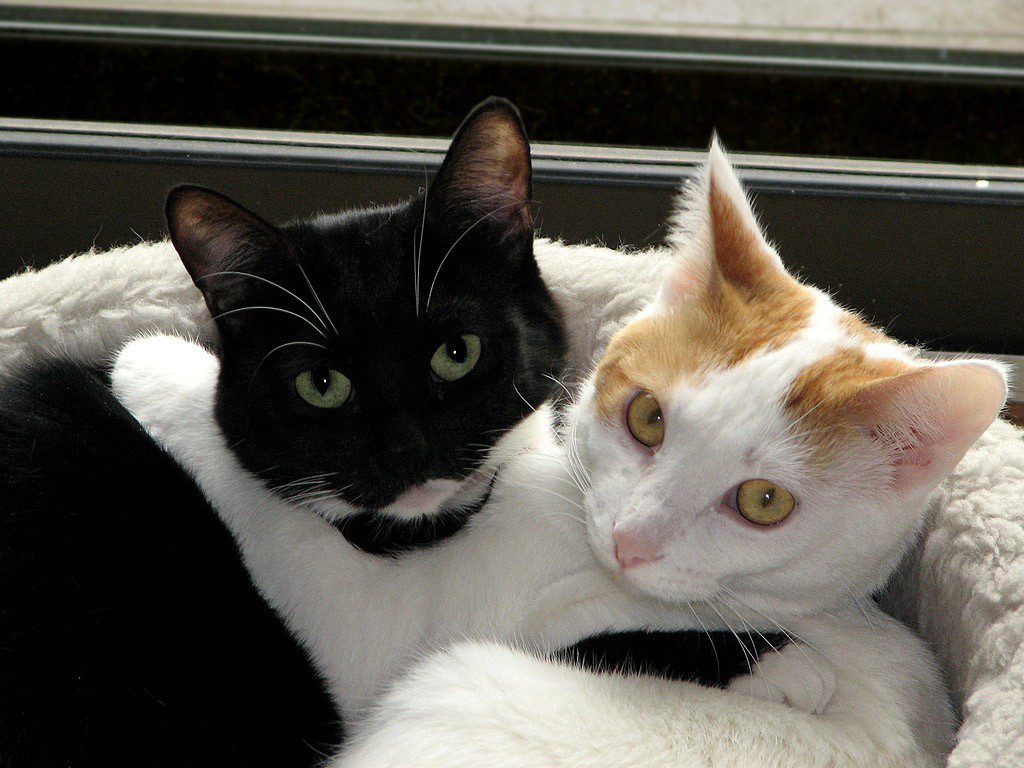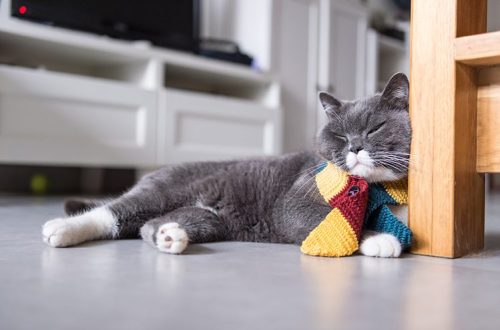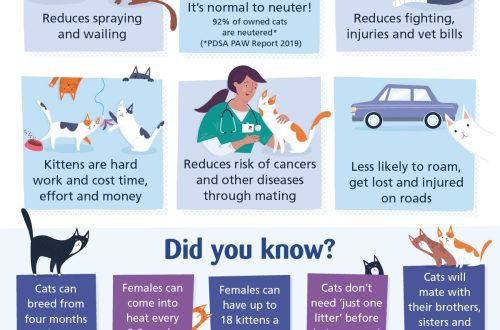
Enriched Environment for Cats: Do Cats Need Company?
It is believed that a cat is an animal that walks by itself and does not need anyone’s company. Is it so? And does a cat need the company of relatives, other animals or a person?

Does a cat need to communicate with other animals?
In recent years, research has been done on cats living in a group. It turned out that cats form relatively stable groups that exist for a long time, while recognizing relatives, forming a complex social organization and actively interacting with each other (for example, Macdonald et al., 2000; Natoli et al., 2001; Crowell-Davis et al., 2004). That is, it turned out that, in principle, they are not so alone.
However, researchers still paid more attention to factors influencing human relationships (collected together: Turner, 2000) than to relationships with relatives. So more experimental data is needed on how childhood experiences affect the social life of adult cats, as well as on the relationship between social play in kittens and social behavior in adult animals.
However, some conclusions can be drawn.
It turns out that socialization is just as important for kittens as it is for puppies. But at the same time, the period of socialization in kittens is shorter: between the second and seventh weeks of life.
Kitten socialization should include positive human experiences (including hand training) (Karsh and Turner, 1988). And it is believed that the attitude of the kitten to relatives is also laid during this period. Thus, Kessler and Turner (1999) found that kittens socialized at this age in relation to other cats and people adapted better to new homes, including in the company of other cats, than kittens with insufficient socialization.
Personal connections are also important. For example, kittens from the same litter maintained more friendly relationships throughout their lives than cats living together who are not related (Bradshaw and Hall, 1999).
Many cats can live in the company of relatives, provided that they are well socialized, they have enough space and at any time have access to significant resources (a place to rest, a litter box, bowls, toys, etc.), which are also enough for everyone.
If there are several cats in the house, but they are not related or not socialized enough, it may be necessary to locate food, places to rest and other resources in different places, far enough from each other so that certain cats do not occupy a strategically important piece of space. and do not deprive other animals of important resources (van den Bos and de Cock Buning, 1994).
If these conditions are not met, cats begin to conflict with each other, as they cannot avoid skirmishes by staying away from each other. As a result, chronic stress develops, which leads to the cat becoming fearful or aggressive, including towards people, and exhibiting problematic behavior (eg, uncleanliness) (Casey and Bradshaw, 2000).
The risk of problems increases if there are four or more cats in the house, especially if they are not related.
And if the cats met as adults, they may not perceive each other as members of the same flock, but at the same time they are forced to live in close proximity to each other. And this situation also causes distress, which means it provokes all sorts of problems.
Cats often share a home with other animals such as dogs. If a cat and dog have a good relationship, the cat’s social life becomes richer, which means the quality of life improves. But it is in the event that the cat and the dog became friends. If not, it is necessary to create conditions under which the communication of animals will be minimized, while each of them will have unhindered and safe access to the necessary resources.
Therefore, owners should carefully monitor the relationship of cats with relatives and other animals and, if necessary, seek help from a specialist.
Does a cat need human contact?
However, the main component of the well-being of a cat is its owner and relationship with him. Although interaction with relatives or other animals is important and meaningful for cats, it will never replace human attention and quality care.
Every day, you need to take time to interact with the cat (of course, in addition to the routine procedures for caring for the purr). The more a person interacts with a cat, the more likely it is that the cat will seek contact with the owner. Interactions suggested by the cat itself last longer than human initiated interactions (Turner, 1995).
It is important that contact with a person is pleasant for the purr. So, it is necessary to take into account her preferences. Some cats enjoy being stroked or scratched, while others prefer play (Karsh and Turner, 1988). In a study on the relationship between cats and people (Mertens, 1991), it was found that cats that are the only pets communicate longer with a person and play with him more than cats living in the company of relatives.
High-quality cat care assumes that a person not only loves a pet, but also knows the behavior of cats. Such knowledge can be gleaned from many sources, however, unfortunately, the information contained in books and the Internet is often contradictory. Therefore, it is important to seek information from trusted sources.





